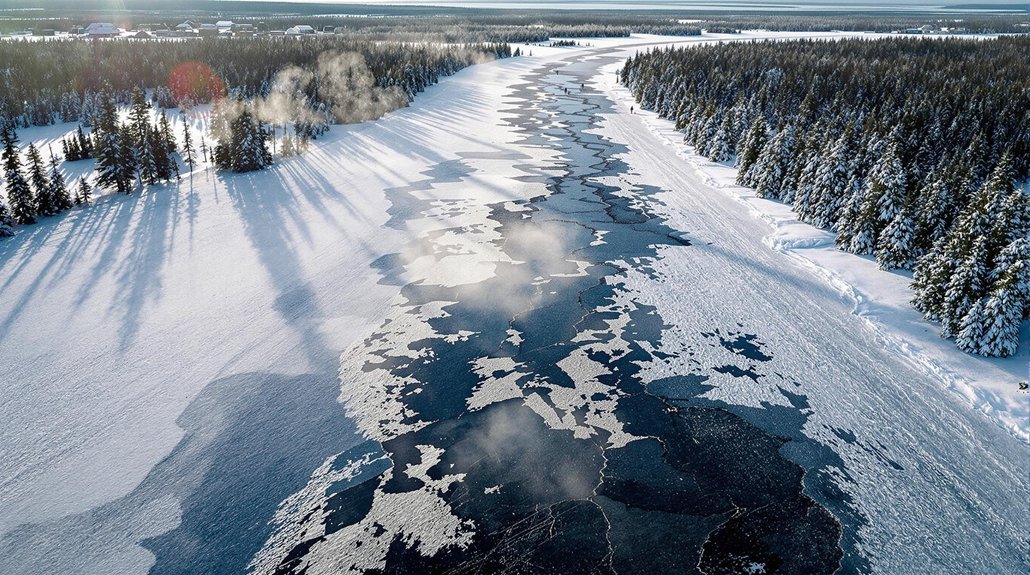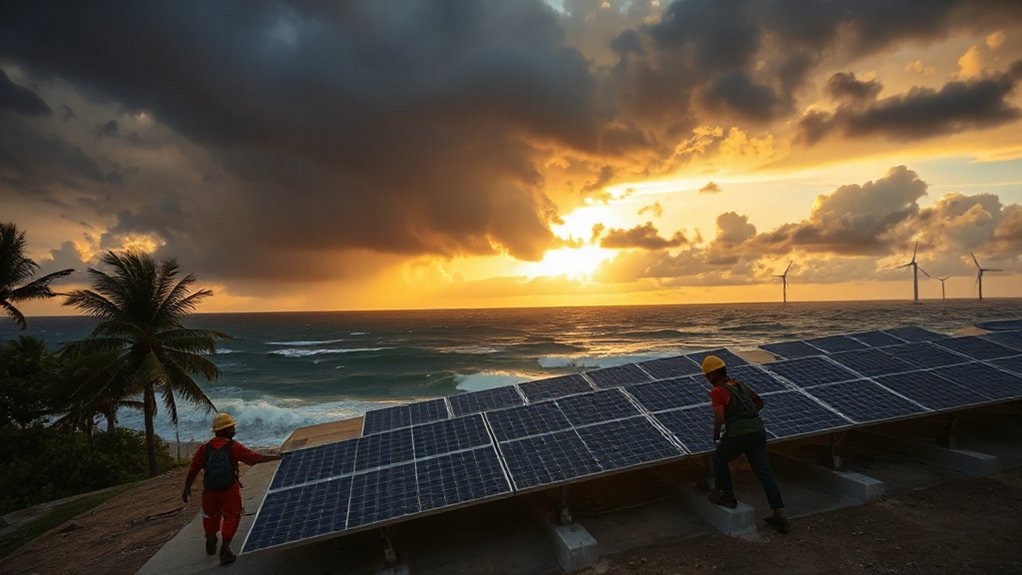Indigenous communities across Canada face increasing isolation as climate change melts vital winter ice roads. These temporary pathways serve as lifelines for remote First Nations and Inuit settlements, providing access to essential supplies and healthcare services. Shortened ice road seasons intensify existing challenges of geographic isolation, contributing to housing crises, medical care delays, and economic hardship. The disappearance of these critical transportation routes highlights the urgent climate vulnerabilities threatening already marginalized populations.
While many Canadians enjoy easy access to essential services, Indigenous communities across the country continue to struggle with severe isolation. Geographic barriers play a major role, with 73% of Inuit living in remote Inuit Nunangat regions accessible only by air. First Nations reserves often face similar challenges, located in isolated areas due to historical displacement policies.
These physical barriers create serious health consequences. A striking 82% of Inuit in Nunangat reported not having a family doctor in 2017. When medical emergencies arise, weather and distance often delay critical care. Mental health services remain scarce in these remote locations, worsening existing trauma from residential schools and colonization.
The economic impact is equally grave. Nearly half of Indigenous families report they couldn’t sustain themselves for two months without income. Remote communities face higher costs for basic necessities like food and fuel. The Indian Act continues to limit access to financial services and mortgages, hindering economic development.
Housing remains in crisis, with a federal estimate showing an $8.2 billion gap in Indigenous housing needs. This translates to 80,000 needed housing units for First Nations and 4,000 for Inuit regions. Overcrowding in existing homes increases health risks, family stress, and domestic violence. The COVID-19 pandemic further highlighted these housing issues, as community-led efforts were needed to protect vulnerable Elders in overcrowded living situations.
The isolation affects Indigenous youth profoundly. Children are much more likely to be placed in provincial care, often primarily due to inadequate housing. Remote locations limit educational and recreational opportunities, contributing to higher suicide rates among Indigenous youth. Statistics reveal that 47.1% of Indigenous Canadians report feeling lonely, further impacting youth mental health outcomes.
Despite these challenges, communities show remarkable resilience. Many implement community-led emergency responses during crises. Cultural revitalization programs strengthen social bonds. Indigenous-led disaster planning initiatives continue to emerge, emphasizing sovereignty in public health decisions.
As climate change threatens winter ice roads—vital transportation links for many northern communities—the isolation challenges will likely worsen. These communities continue advocating for solutions that respect their right to self-determination while addressing their urgent needs.








